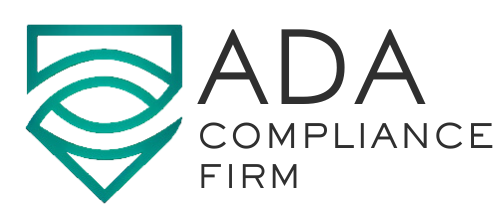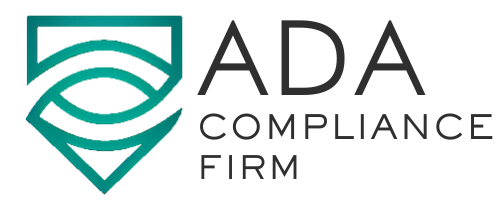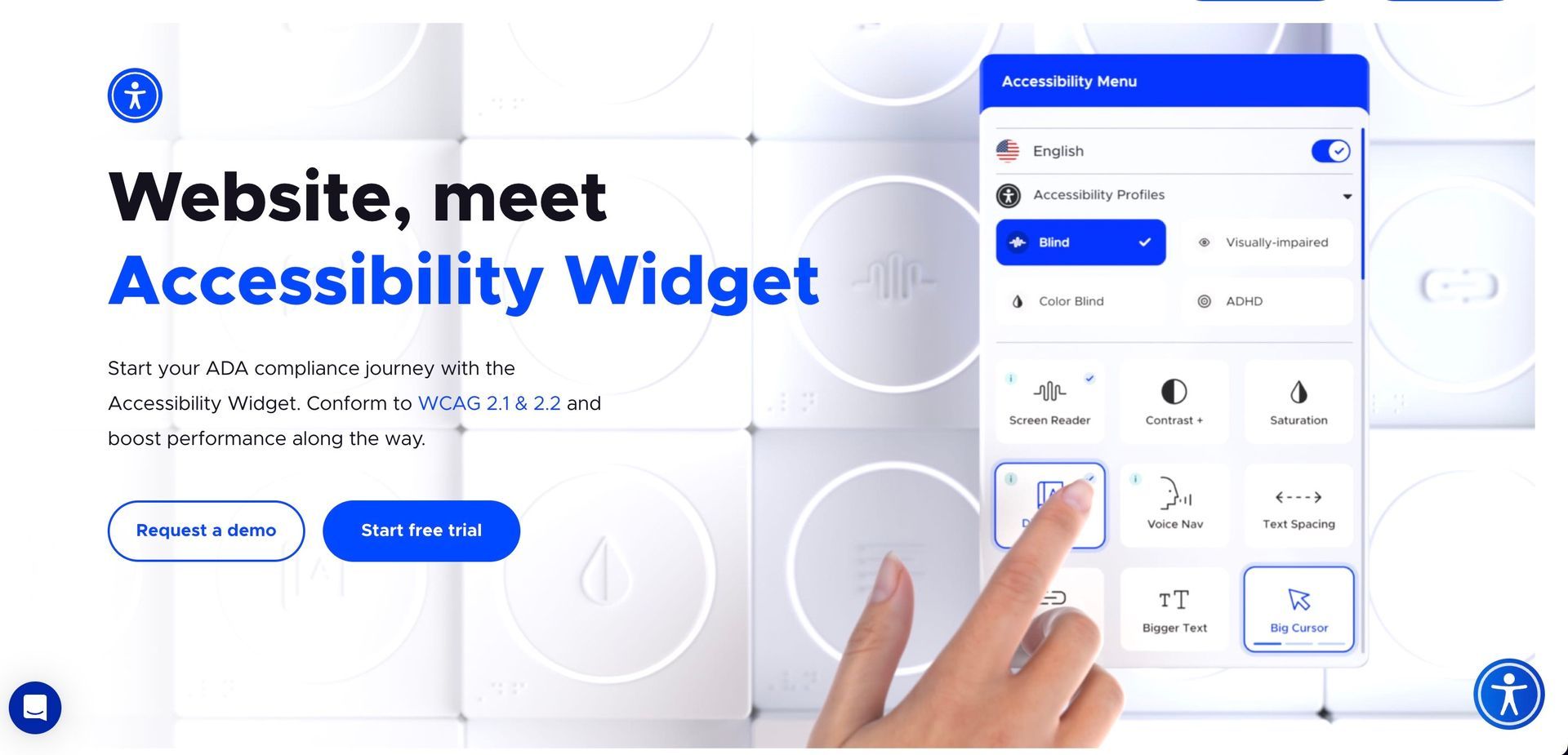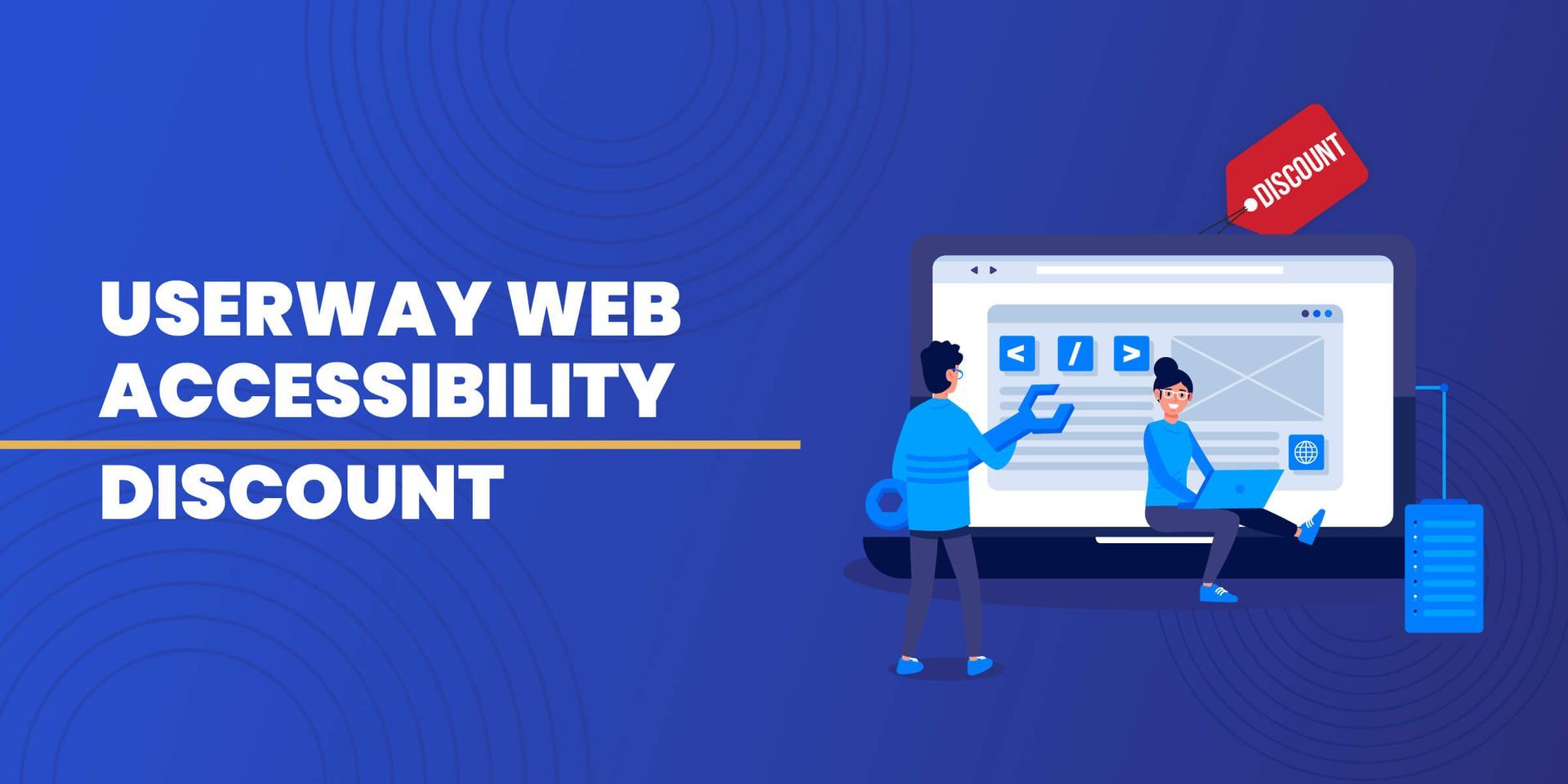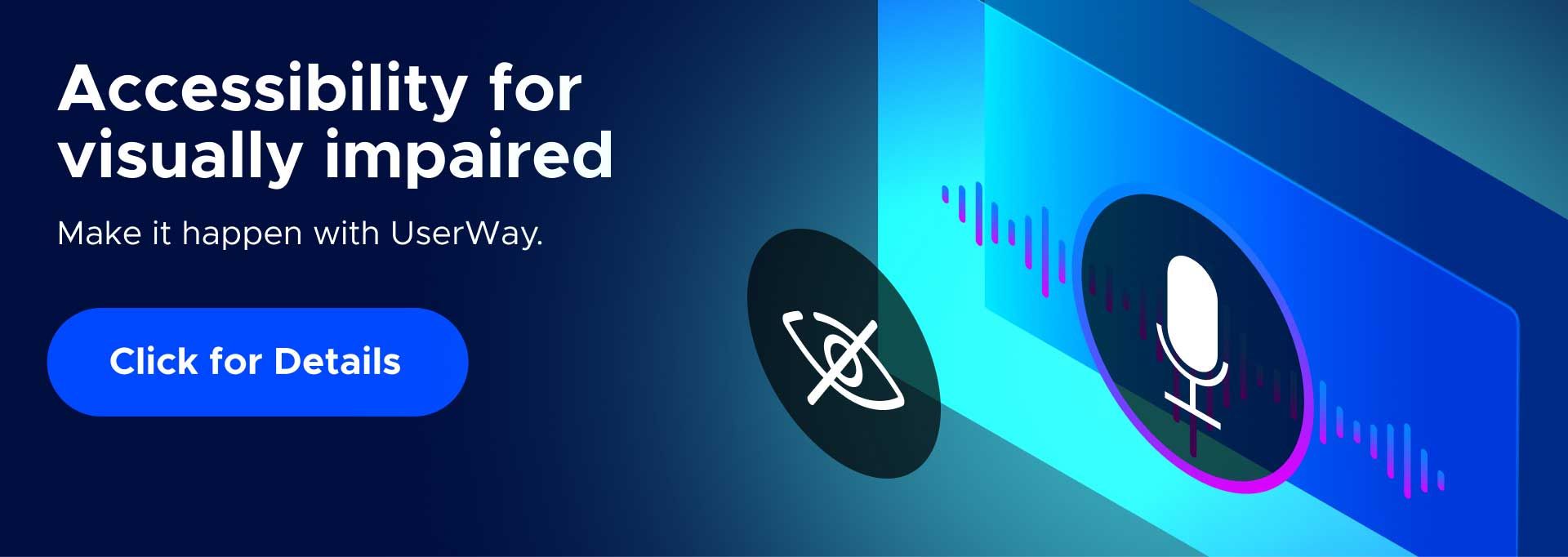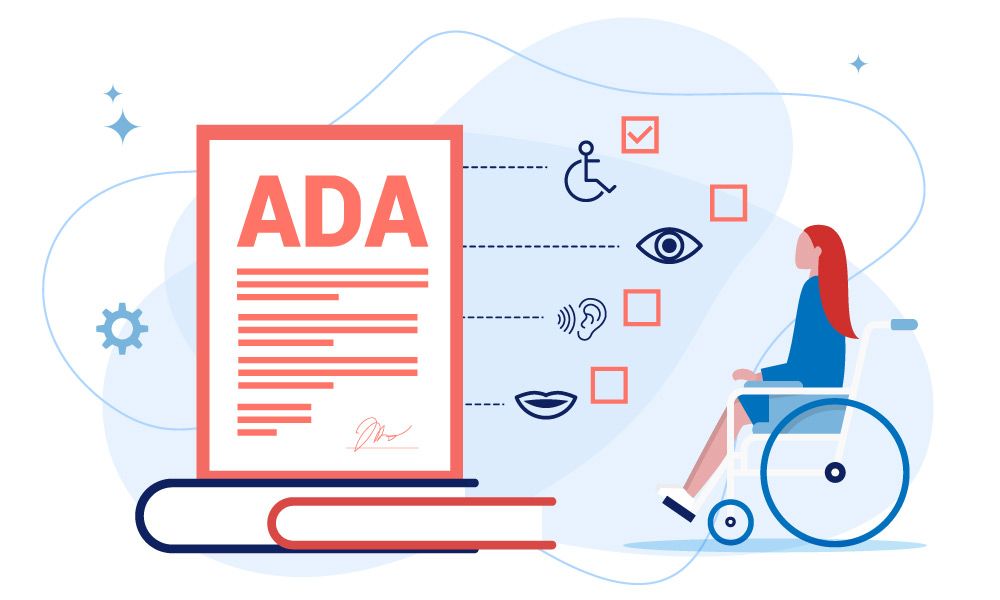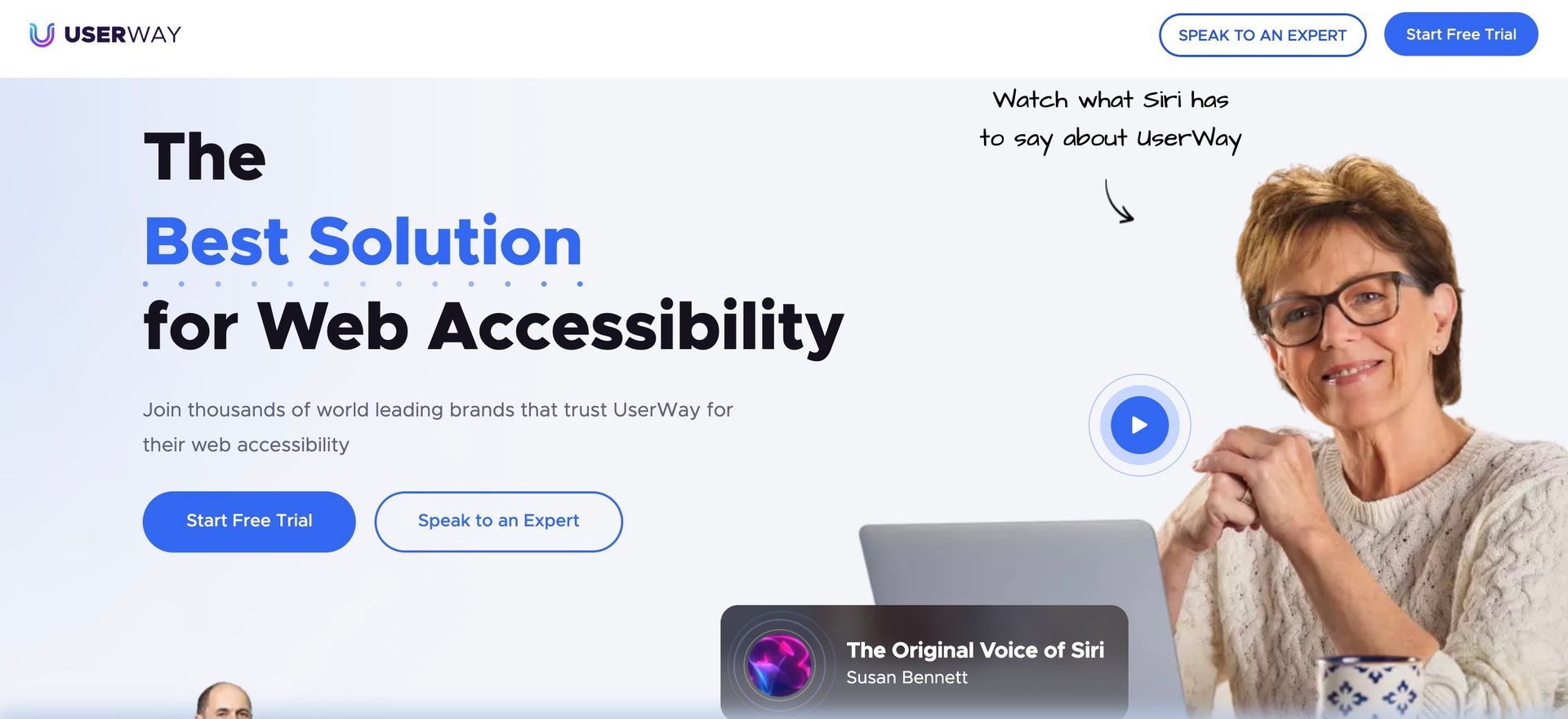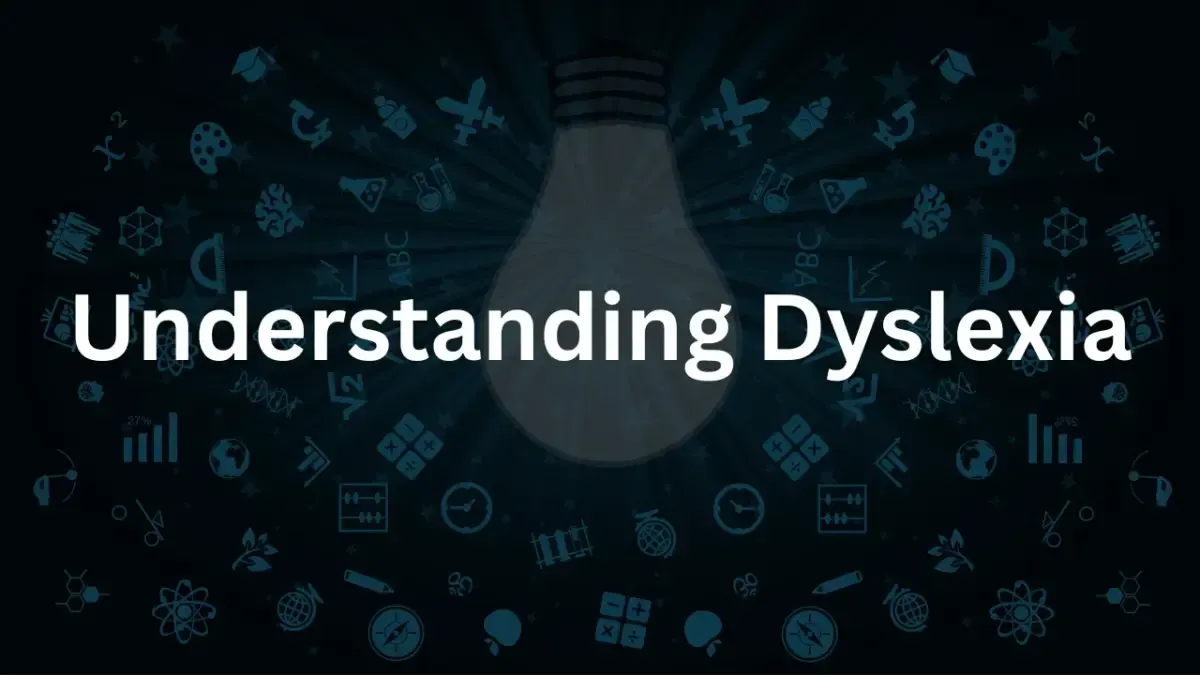Digital Accessibility Lawsuits Are Increasing Every Year
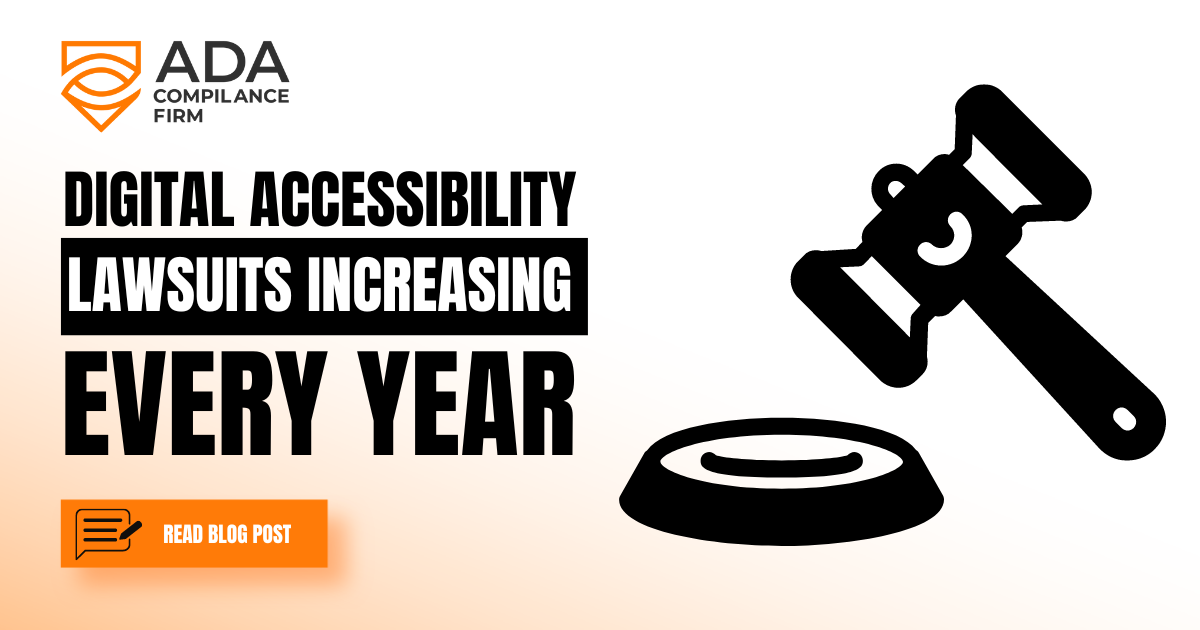
Digital accessibility refers to the practice of designing and building digital products, such as websites, software, and mobile applications, in a way that makes them accessible to people with disabilities. This includes, but is not limited to, individuals who are blind, deaf, or have mobility impairments. Ensuring digital accessibility is important because it allows people with disabilities to fully participate in society and access information and services online.
Unfortunately, many digital products are not designed with accessibility in mind, which can make it difficult or impossible for people with disabilities to use them. This can lead to frustration and exclusion for these individuals, and it can also result in legal action. In the United States, individuals and organizations can file lawsuits alleging that a digital product or service is not accessible, and that its inaccessibility violates the Americans with Disabilities Act (ADA).
Digital accessibility lawsuits can have significant consequences for businesses and organizations. In addition to the financial costs of defending against a lawsuit, a successful lawsuit can result in a court ordering the business or organization to make its digital products or services accessible. This can be a significant undertaking, as it may require the business or organization to redesign and rebuild parts or all of its digital products or services.
There are several steps that businesses and organizations can take to avoid digital accessibility lawsuits. One of the most important is to design and build digital products and services with accessibility in mind from the start. This includes testing products and services for accessibility and making any necessary changes. It is also important for businesses and organizations to have policies and procedures in place to ensure that digital accessibility is considered in all aspects of their operations.
Lawsuit Cases
Domino's Pizza, LLC v. Robles.
In this case, a man named Guillermo Robles, who is blind, filed a lawsuit against Domino's Pizza alleging that the company's website and mobile application were not accessible to him. He argued that the website and app were not compatible with screen reader software, which is used by people who are blind to access digital content. As a result, Mr. Robles was unable to order a pizza online, which he claimed violated the Americans with Disabilities Act (ADA).
The case made its way to the Supreme Court, where Domino's Pizza argued that the ADA did not apply to its website and app because they were not physical places of public accommodation. However, the Supreme Court ruled in favor of Mr. Robles, stating that the ADA does apply to websites and apps that are connected to a physical place of public accommodation. As a result, Domino's Pizza was ordered to make its website and app accessible to people with disabilities.
This case illustrates the importance of designing and building digital products and services with accessibility in mind. By ignoring the needs of people with disabilities, businesses and organizations risk facing costly and time-consuming lawsuits. It also shows that the ADA applies to digital products and services, and that businesses and organizations must ensure that they are accessible to people with disabilities.
National Association of the Deaf v. Netflix, Inc.
In this case, the National Association of the Deaf (NAD) filed a lawsuit against Netflix, alleging that the company's streaming service was not accessible to people who are deaf or hard of hearing. The NAD argued that Netflix was not providing closed captions on all of its streaming content, which made it difficult or impossible for people who are deaf or hard of hearing to access the content.
The case was settled in 2010, with Netflix agreeing to make its streaming service more accessible to people who are deaf or hard of hearing. As part of the settlement, Netflix agreed to provide closed captions on all of its streaming content by 2014. The company also agreed to pay $755,000 to the NAD and to fund a closed captioning technology program at a university.
This case highlights the importance of ensuring that digital products and services are accessible to people with disabilities. By ignoring the needs of people who are deaf or hard of hearing, Netflix risked facing a costly and time-consuming lawsuit. The settlement also demonstrates the importance of proactively addressing accessibility issues and taking steps to make digital products and services more inclusive.
Ongoing Lawsuits
There are more lawsuits being filed every day. Not only are big corporations like Domino’s Pizza and Netflix getting sued but a wide range of businesses such as E-Commerce stores and websites offering either Digital or Physical goods and services.
Check out this resource from Accessibility:
https://www.accessibility.com/digital-lawsuits
Who is liable for ensuring that a website is compliant?
Liability for a digital accessibility lawsuit can depend on a variety of factors, including the specific circumstances of the case and the applicable laws. In general, both the website owner and the web developer may be liable for ensuring that a website is accessible to people with disabilities.
The website owner is typically responsible for ensuring that the website complies with all applicable laws, including laws related to digital accessibility. This may include ensuring that the website is compatible with assistive technologies, such as screen readers, and that it meets other accessibility standards.
The web developer is typically responsible for designing and building the website in a way that meets the accessibility requirements of the website owner. This may include testing the website for accessibility and making any necessary changes to ensure that it is accessible to people with disabilities.
In some cases, both the website owner and the web developer may be held jointly responsible for the accessibility of the website. For example, if the website owner did not specify that the website needed to be accessible and the web developer did not take steps to make it accessible, both parties may be held liable.
It is important for both website owners and web developers to understand their responsibilities when it comes to digital accessibility. By taking steps to ensure that websites are accessible to people with disabilities, they can avoid legal action and help to create a more inclusive online environment. Reach out to us here to get a quote for your website
https://www.adacompliancefirm.com/quote.
Current and Proposed Laws
In the United States, the main law that addresses digital accessibility is the Americans with Disabilities Act (ADA). The ADA is a federal civil rights law that prohibits discrimination on the basis of disability in places of public accommodation and in certain other areas.
Title III of the ADA requires that places of public accommodation, such as restaurants, hotels, and movie theaters, be accessible to people with disabilities. This includes making sure that their websites and mobile apps are also accessible to people with disabilities.
In addition to the ADA, there are other laws that address digital accessibility in the United States. These include:
Section 504 of the Rehabilitation Act of 1973: This law prohibits discrimination on the basis of disability by any program or activity that receives federal financial assistance. This includes websites and mobile apps developed or maintained by organizations that receive federal funding.
Section 508 of the Rehabilitation Act of 1973: This law requires that electronic and information technology (EIT) developed, procured, maintained, or used by the federal government be accessible to people with disabilities.
The 21st Century Communications and Video Accessibility Act (CVAA): This law requires that advanced communications services, such as internet and mobile phone services, be accessible to people with disabilities.
It is important for businesses and organizations to be familiar with these laws and to ensure that their digital products and services comply with them. Failure to do so can result in legal action and costly fines.
There are a number of laws and regulations that address digital accessibility that have been passed or are in the process of being passed in the United States.
One example is the
Web Content Accessibility Guidelines (WCAG) 2.1. WCAG 2.1 is a set of international standards for making web content more accessible to people with disabilities. It was developed by the World Wide Web Consortium (W3C), an international organization that develops standards for the web. While WCAG 2.1 is not a law, it is widely recognized as the standard for digital accessibility and is often used as a reference in lawsuits and other legal proceedings.
Another example is the
Accessible Digital Media Act (ADMA). The ADMA is a proposed federal law that would require digital media companies, such as streaming services and video game companies, to make their products and services more accessible to people with disabilities. The ADMA is currently being considered by the United States Congress.
There are also state laws that address digital accessibility. For example, the
California Disabled Persons Act requires that websites and mobile apps of businesses and organizations that are based in California or that have a physical presence in the state be accessible to people with disabilities.
Overall, there is a growing recognition of the importance of digital accessibility, and more laws and regulations are being passed to ensure that digital products and services are accessible to people with disabilities. It is important for businesses and organizations to stay up to date on these laws and to take steps to ensure that their digital products and services comply with them.
Summary
In summary, digital accessibility lawsuits are a growing concern for businesses and organizations. Ensuring digital accessibility is not only the right thing to do, but it can also help to avoid the costly and time-consuming process of defending against a lawsuit. By designing and building digital products and services with accessibility in mind, businesses and organizations can help to create a more inclusive online environment for everyone.
If you'd like our help getting your website ADA Compliant please
click here to reach out.
Join our newsletter
Recent Blog Posts
